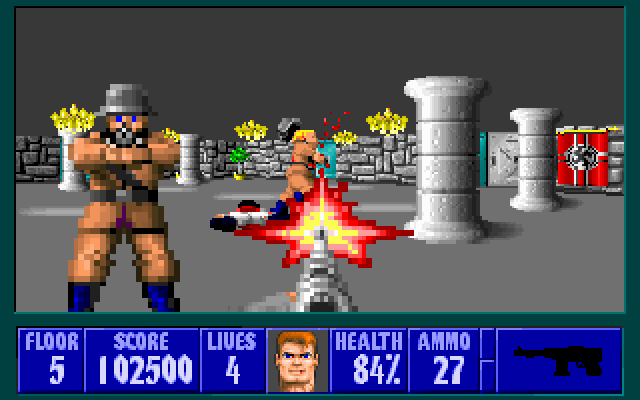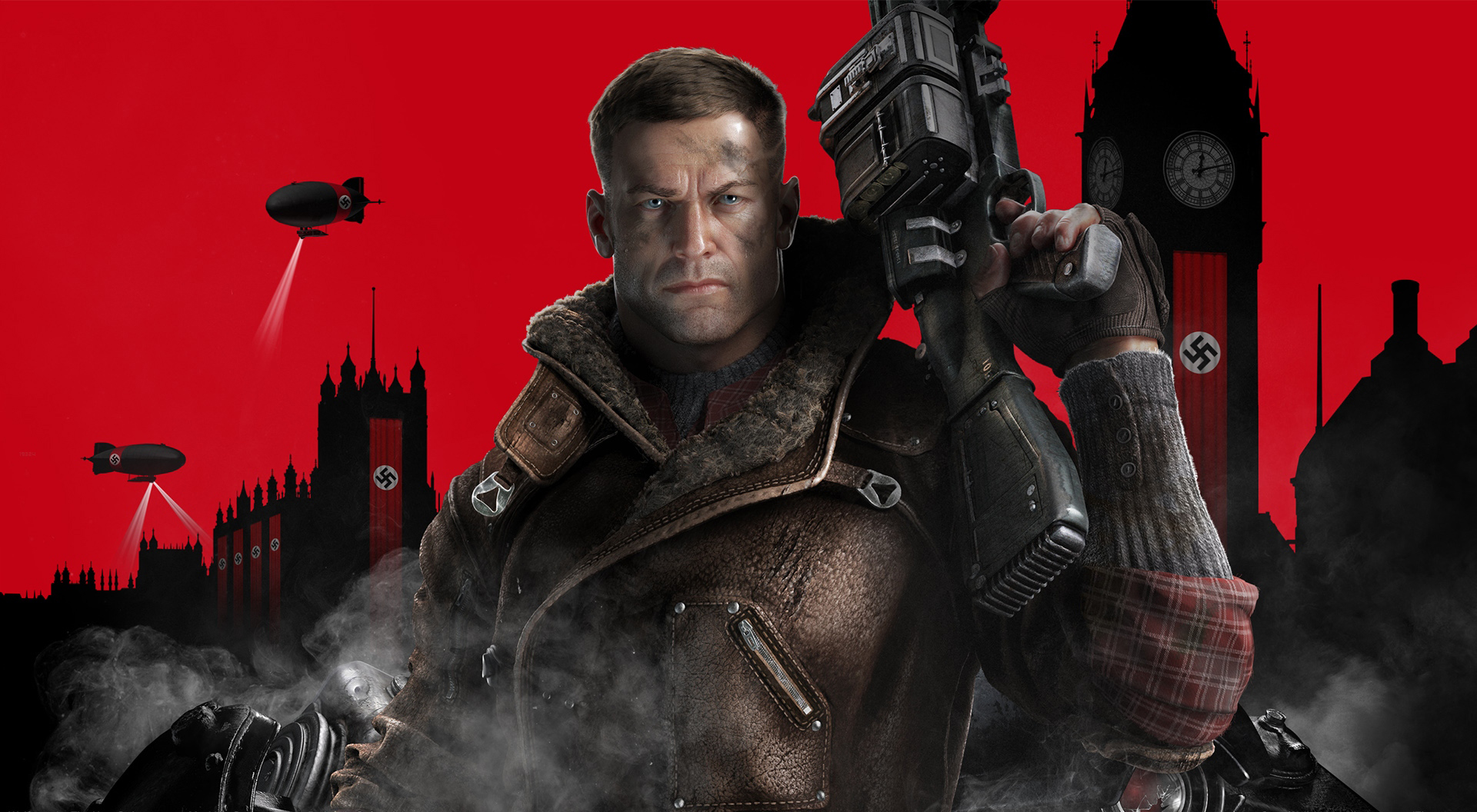A unique, quirky, jazz-infused puzzle box series from the makers of Cowboy Bebop
What would you do if you only had 30 days to live? And, so did most of the rest of the world? For the characters in Lazarus, the answer is different from what you would think. Lazarus is a unique, retro-vibed, slow-paced, jazz-infused puzzle box anime from the makers of Cowboy Bebop. In it, a cobbled-together team of strangers is drafted to find a way to save humanity from history’s largest act of mass murder.
In a near-future version of Earth, Dr. Skinner, a gifted scientist and genuine humanitarian, develops Hapna, a revolutionary drug designed to make people feel happier by interacting with the synapses that lead to sadness. The drug is effective, accessible, and affordable, and soon becomes wildly popular and almost universally used worldwide. Three years later, the inventor reveals that the drug is actually, and intentionally, lethal, and that everyone who has used even one dose will die in the next thirty days. But Skinner is willing to release the cure if someone is able to find him despite the extraordinary lengths he has gone to stay in hiding. A government official, Hersch, assembles a team of highly talented misfits to track down the rogue scientist and save humanity in a high-stakes, reverse-heist version of Carmen Sandiego. The five recruits are coerced into participating due to each one’s legal problems, and they are forced to wear bracelets that monitor their locations, heart rates, and communications. In the search for Skinner, each episode provides another clue (or red herring) for the Lazarus team to chase after as the clock ticks down to the end of humanity.
The strength of the show lies in the likeable ensemble of the five main misfits who make up the Lazarus team. The characters are thoughtfully portrayed, but all feel slightly underdeveloped compared to other popular anime. Bold, cynical, escape expert, felon Axel is the first person we meet and by far the most interesting. His point of view is often the primary one throughout the series. Doug is a Black scientist genius whose de facto leadership and by-the-book approach clashes with Axel’s brash boldness. In an interesting moment, Doug discusses the racism he constantly faced as a student and a scientist. This is an ongoing characteristic of the series—raising powerful commentary and then moving on, back to the hide-and-seek chase plot. The rest of the team includes Leland, a sweet-natured, teenaged, billionaire playboy with a complicated past; Eleina, a quiet, top-level hacker who escaped a cult commune worshipping an AI; and Christine, a brash Russian sharpshooter with a lethal secret past. Together, the five strangers create an appealing found family who grow closer to each other and who are willing to risk everything to save each other when danger strikes. And the show provides a surprising amount of diversity with characters of color in multiple key roles.
However, despite the interesting character backgrounds and the solid onscreen chemistry of the Lazarus team, the characters often feel a bit underused and not as fully developed as they could be. It’s clear that the primary focus of the show is on the mission to hunt down clues to finding Skinner. That style of teasing a personal connection and then abandoning it keeps the show from realizing a true emotional potential and creates more of the tone of a late-night video game where the characters are clearing levels in a mystery scenario. Additionally, the overall sense of urgency in the larger society, despite facing the impending demise of humanity, is relatively laid back. Early on, passing background characters assume that the government will find a cure, or that someone is working on it, and continue their day-to-day lives while acknowledging the reality of the threat. As a result, the vibe is less like an end-of-the-world chaotic panic and more like Keep Calm and Carry On.
In some ways, Lazarus has the cynical, pragmatic problem-solving vibe of the show’s predecessor, Cowboy Bebop. Like Cowboy Bebop, the action scenes in Lazarus are underscored by sleek jazz beats and tailored, unfussy MAPPA animation. At times, the show shifts from chases, fighting, and dark humor to more intense and upsetting violence, including an episode where Christine is kidnapped and forced to face her past, and another episode where Axel is hunted by a mentally unstable assassin. These bold episodes balance out others where the red herring clues seem to lead nowhere. Lazarus gives viewers a little bit of everything, but for fans of Cowboy Bebop, this is not the same type of story or storytelling. However, like Cowboy Bebop, each episode works well for one-at-a-time late-night chill viewing rather than a stacked and binged fast-paced action indulgence or emotionally intense adventure. And the music is timeless and fantastic if you like jazz. This combination makes Lazarus a pleasant, low-stakes break in between other, more intense stories.
Nerd Coefficient: 7/10.
Highlights:
- Jazz vibes, slow paced
- Likeable but underdeveloped characters
- Relaxing, end-of-the-world clue hunting
POSTED BY: Ann Michelle Harris – Multitasking, fiction-writing Trekkie currently dreaming of her next beach vacation.
















